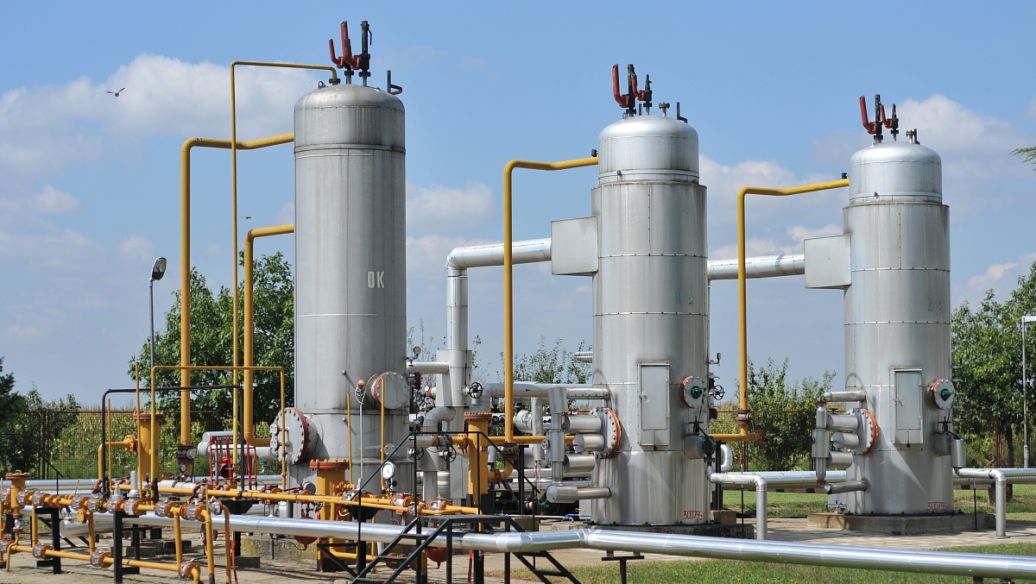- Multi-Disc Screw Press
- Dissolved Air Flotation
- Pretreatment Screens
- Lamella Clarifier
- Sludge Treatment
- Aeration
- MBBR
Office Add:Union Building 11 floor, 8th industrial street, Wuxi, Jiangsu, China
Factory Add:Xibei H-Tech Park Wuxi Jiangsu China
Tel: 0086 138 1256 5699
E-mail: jenny@norsenep.com;sales@norsenep.com
The uses of sludge dewatering polymer
Poster:Norsen │ Time:2021-09-16
Sludge dewatering polymer is a water treatment agent commonly used in industrial wastewater treatment and municipal wastewater treatment.
Sludge dewatering polymer is a water treatment agent commonly used in industrial wastewater treatment and municipal wastewater treatment. According to its chemical composition, it can be generally divided into two categories: inorganic Sludge dewatering polymer and organic Sludge dewatering polymer. Inorganic Sludge dewatering polymer has such advantages as ferric chloride, aluminum trichloride, aluminum sulfate and polymeric aluminum chloride; inorganic polymer has the advantage of being more economical and simple to use; however, the dosage is large, the flocculation effect is low, and there are disadvantages of high cost and high corrosion.
Organic sludge dewatering polymer such as polyacrylamide (PAM), which is a water-soluble linear polymer made of acrylamide (AM) monomer by free radical-initiated polymerization, has good flocculation, can reduce the frictional resistance between liquids, according to the ionic characteristics can be divided into non-ionic, anionic, cationic and amphoteric four types. Polyacrylamide PAM is also a more commonly used water treatment agent for wastewater treatment. Today Kintep focuses on introducing the principle of action of several types of polyacrylamide.

Selections of Sludge dewatering polymerThe flocculation effect of sludge is closely related to the type of Sludge dewatering polymer selected, the dosage and the dosing method, but the nature of the sludge itself is the decisive factor. Different types of sludge, inorganic, organic or biological, require different types of sludge dewatering polymer and different dosages of flocculants. When flocculants are mixed with thickened sludge, the reaction time and mixing method have a great influence on the flocculation effect. In principle, the active group of each polymer molecule must have the opportunity to contact with the charged center of the sludge particles. Due to the very low concentration of polymeric flocculants (often 0.1%-0.2%), in order to obtain the best flocculation effect, the sludge dewatering polymer must be uniformly distributed in the sludge and have sufficient reaction time. A reaction tank with a mixer can be set up in front of the filter press. The volume of the tank should be such that the sludge and the flocculant can fully react with a residence time of 2-5 min. The flocculated sludge flows into the sludge tank of the filter press. In this method, the flocculated sludge is naturally connected with the filter press, and the sludge is evenly distributed, but it requires power, and the intensity of mixing should be such that the flocculant and the sludge are stirred as quickly as possible without breaking the flocculated particles. Another method is to add flocculant before or after the pump of sludge lifting pump, and set up a static mixer in the appropriate position of the pipeline after the sludge lifting pump to make full use of the energy of the fluid itself to mix the two evenly. The sludge pipeline from the static mixer to the filter press should be about 7-10m long to ensure proper flocculation reaction time. This method saves investment in equipment and operating costs and is suitable for small treatment sizes.
What exactly are the uses of polymers? Sludge dewatering polymer is mainly used in the purification of drinking water and industrial wastewater, treatment of special water quality (such as oil-containing sewage, dyeing and paper-making sewage, smelting sewage, radioactive substances, toxic heavy metals such as Pb, Cr and F-containing sewage, etc.). In addition, it has a wide range of applications in precision casting, oil drilling, tanning, metallurgy and paper making, etc. Sludge dewatering polymer is in the water treatment process can be the water colloidal microparticles bonded to each other and gathered together substances, usually coagulants are divided into two categories of organic coagulants and inorganic coagulants. The process of coagulation is the process of adding chemicals to the water treatment process, so that the impurities produce coagulation, flocculation process. Polymer flocculants are mainly used in the purification of drinking water and industrial wastewater, the treatment of special water quality (such as oil-containing sewage, dyeing and papermaking sewage, smelting sewage, containing radioactive qualities, containing Pb, Cr and other toxic heavy metals and containing F sewage, etc.). In addition, it is also widely used in precision casting, oil drilling, tanning, metallurgy and paper making, etc.
Tags: sludge dewatering polymer, wastewater treatment polymer
- How to choose Low Temperature Sludge Dryer2021-08-12
- How to optimize biological wastewater treatment systems2021-08-18
- Modern innovative wastewater treatment solutions2021-08-21
- Screening process in the wastewater treatment process2021-08-28
- Sewage treatment effect by dissolved air flotation2021-09-08
- Solid-liquid separation equipment2021-09-12
- The uses of sludge dewatering polymer2021-09-16





















